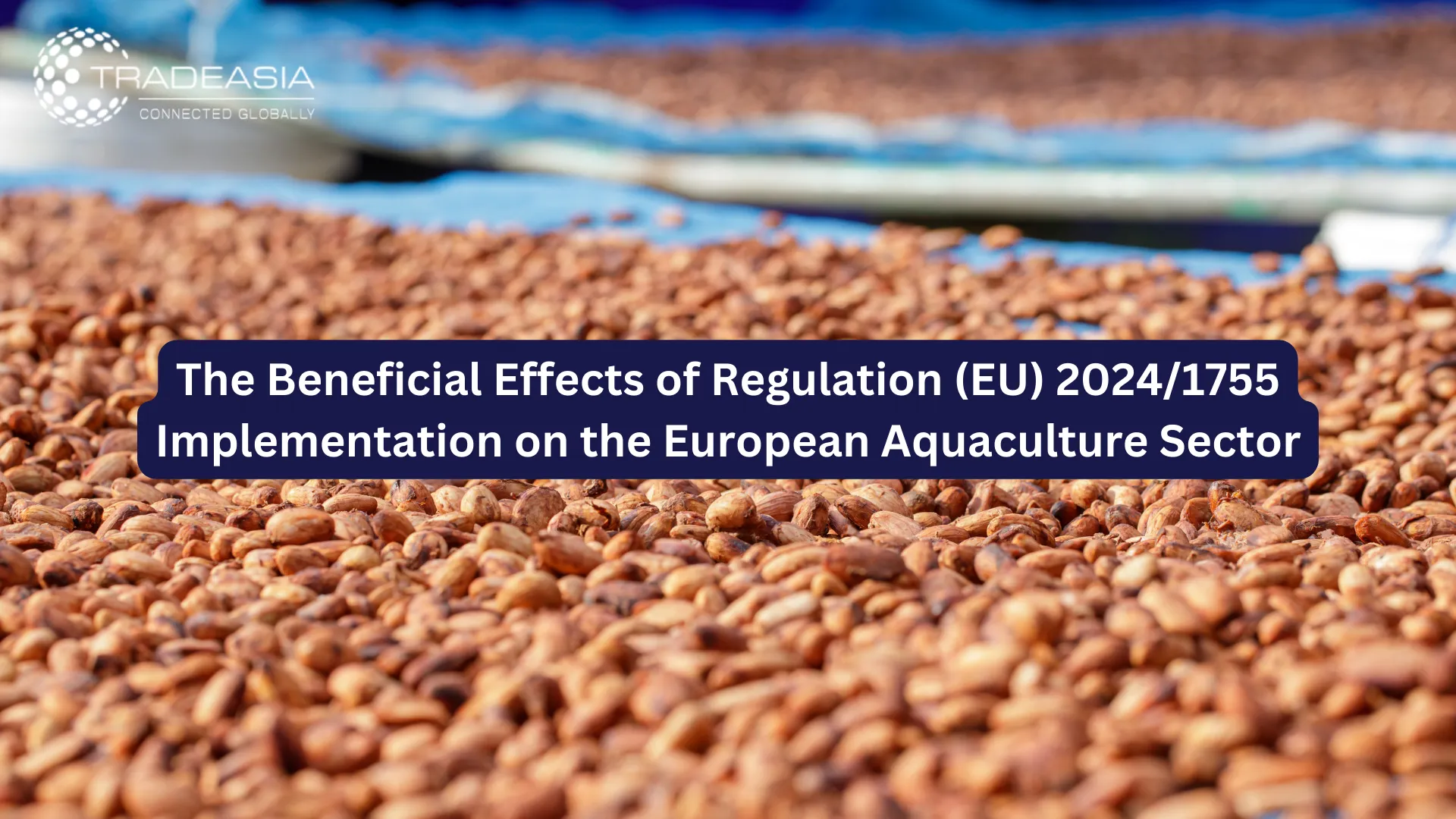Feed vitamins are essential micronutrients added to animal feed to complement natural nutritional intake. These vitamins play a crucial role in various physiological processes, including growth, reproduction, immune function, and overall health. Feed vitamins are divided into two main groups: fat-soluble vitamins (A, D, E, K) and water-soluble vitamins (B-complex and C).
Why Are Vitamins Added to Animal Feed?
The addition of vitamins to feed is aimed at preventing nutrient deficiencies, which are common in plant-based feed ingredients that may not contain certain vitamins in adequate amounts. With vitamin supplements, animals receive sufficient nutrition to:
- Support optimal growth and development, including the formation of bones, tissues, and organs.
- Enhance reproductive efficiency, such as fertility and pregnancy success rates.
- Strengthen the immune system, thereby reducing the risk of diseases and improving overall health.
Additionally, vitamin supplements can increase feed utilization efficiency, which is important for the economic sustainability of animal farming. Vitamins also contribute to improving the quality, nutritional value, and shelf life of animal products such as meat, milk, and eggs.
The Feed Vitamin Market and Growth Projections
The global demand for feed vitamins continues to rise, driven by the increasing need for animal products, greater awareness of animal health, and stringent regulations concerning feed quality.
- Mordor Intelligence forecasts that the feed vitamin market will grow from USD 1.85 billion in 2024 to USD 2.29 billion in 2029, with a CAGR of 4.34%.
- SkyQuest provides an optimistic outlook, predicting that the market will reach USD 3.4 billion by 2031, growing at a CAGR of 4.5% from 2024 to 2031.
- MarketResearch.com projects the market to grow even higher, reaching USD 5.37 billion by 2030, with a CAGR of 5.71% from 2023 to 2030.
Although the figures vary, the average projections suggest that the feed vitamin market is expected to grow at a CAGR of about 4.6% from 2024 to 2030, with the market size surpassing USD 3.3 billion by 2030.
Factors Driving Market Growth
Several key factors driving the growth of the feed vitamin market include:
- Growing global population and demand for animal protein, such as meat and milk.
- Consumer awareness of food safety and product quality.
- Stringent regulations that encourage innovation in feed additives.
- Technological advancements, such as slow-release vitamin formulations.
- Increased attention to animal welfare, which raises the demand for high-quality additives.
Additionally, climate change and environmental stress are pushing farmers to add vitamins to enhance animal resilience under challenging conditions.
Challenges in Market Growth
However, the feed vitamin market faces challenges, including:
- Raw material price volatility affecting production costs.
- Strict regulations increasing compliance burdens.
- Competition from alternative additives, such as probiotics.
- Supply chain disruptions, such as those caused by natural disasters or geopolitical conflicts.
To address these challenges, manufacturers must focus on innovation, process efficiency, and adapting to market dynamics.
Market Trends Based on Animal Type
The vitamin requirements in animal feed vary depending on the species:
- Poultry: Vitamins A, D, E, K, and B-complex support growth and egg production.
- Ruminants: Vitamins A, D, E, and K are essential for milk productivity and digestive health.
- Swine: Vitamins A, D, E, K, and B-complex support energy metabolism and growth.
- Aquaculture: Vitamins A, D, E, and C help maintain the health and reproduction of fish and shrimp.
Market Growth by Region
- Asia-Pacific: The largest market, supported by a large population and a rapidly growing aquaculture industry.
- North America: Focus on animal health and the adoption of advanced farming technologies supports market growth.
- Europe: A mature market with strict regulations that encourage sustainable livestock production.
- Middle East and Africa: An emerging market with significant potential, though facing climate challenges.
Competition in the Feed Vitamin Market
The market is highly competitive, with many players vying for market share. Large companies are investing in research and development and forming strategic partnerships to expand their product reach. However, challenges such as high production costs and raw material price fluctuations can impact profitability. Tradeasia International, as a supply chain company, is well-positioned to contribute to this market by providing reliable access to feed vitamins and other essential additives, leveraging its strong global network and logistics expertise.
Conclusion
Feed vitamins are a vital element in modern livestock production. With the growing demand for animal products, innovation in vitamin formulations, and a focus on animal welfare, the feed vitamin market is expected to continue growing rapidly. Producers who can adapt to market-specific needs and industry challenges have significant opportunities for success in this market.


Leave a Comment